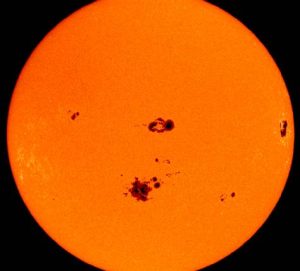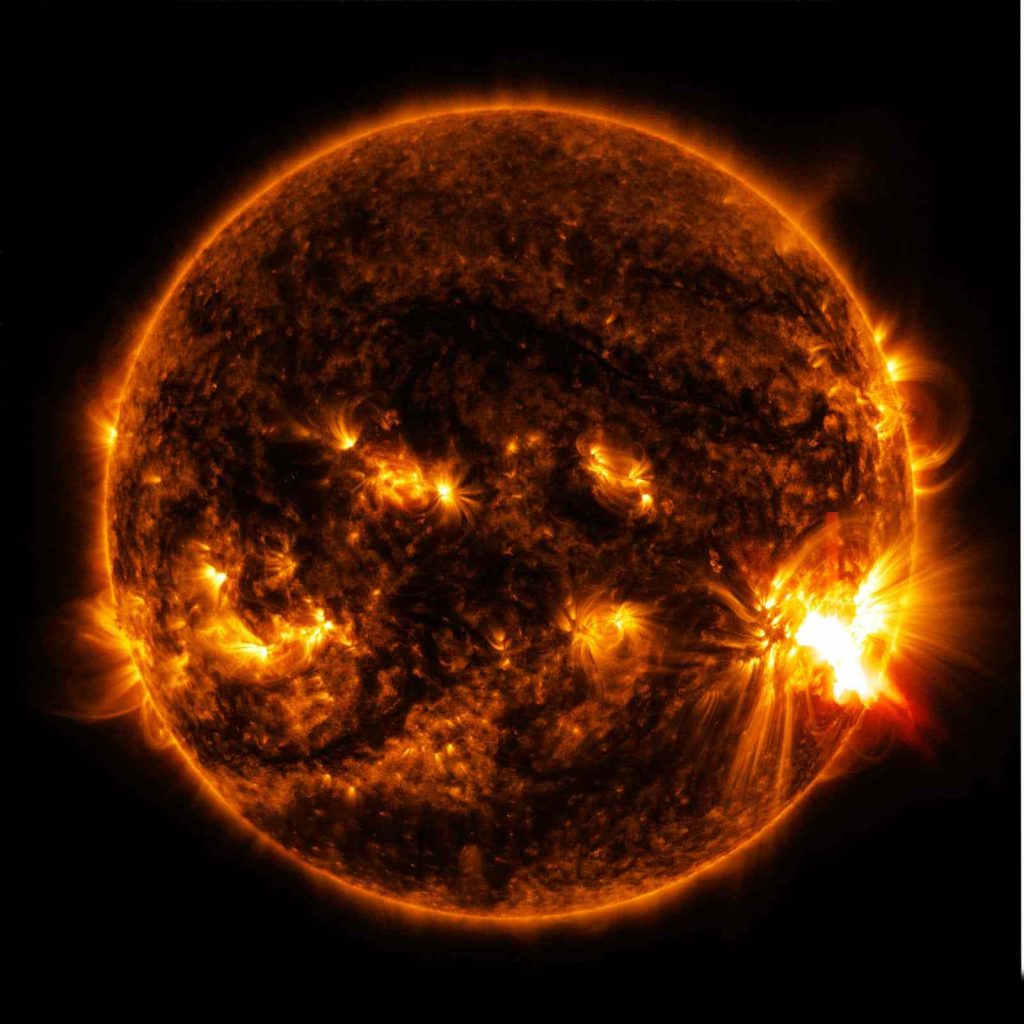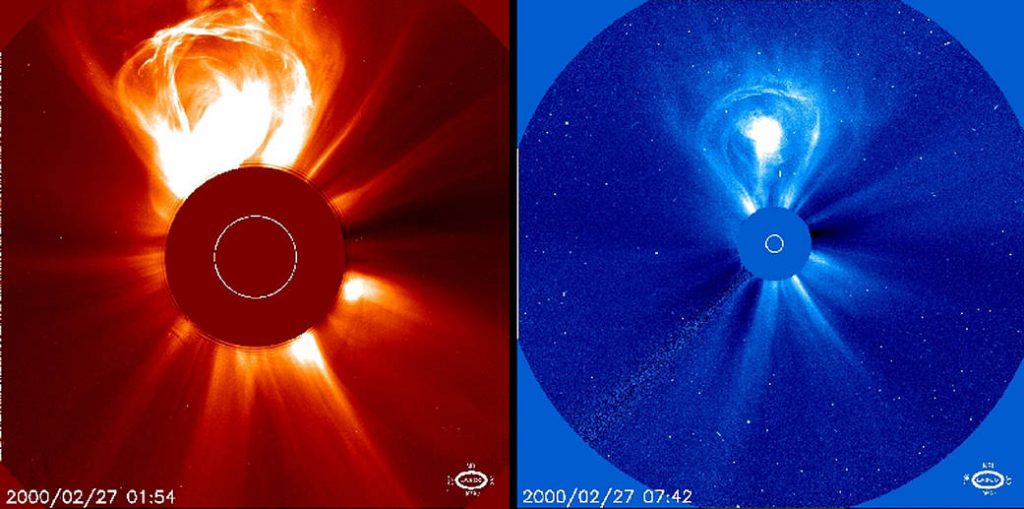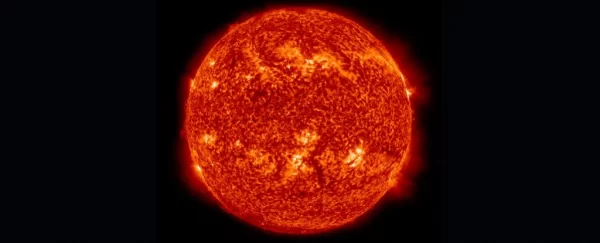On Monday (April 11) the “corpse” of a sunspot exploded, causing a mass ejection of solar material towards Earth. According to SpaceWeather.com, the explosion was caused by a dead sunspot called AR2987.
The sunspot explosions released huge amounts of energy in the form of radiation, which also caused coronal mass ejections (CMEs), both of which could trigger the more intense northern lights in Earth’s upper atmosphere. According to SpaceWeather, material from this CME is likely to fall to Earth on April 14.
What Are Sunspots?

Sunspots are dark areas on the sun’s surface. According to the Space Weather Prediction Center, this phenomenon is caused by the strong magnetic flux inside the sun. These spots are temporary and can last from hours to months.
“The idea of dead sunspot is more poetic than scientific,” said Philip Judge, solar physicist at the National Center for Atmospheric Research (NCAR) High Altitude Observatory.
“A zone of weakness or instability in convective zones. It’s especially good for creating magnetic fields below the surface.
The Sunspot generated a Class C solar flare on Monday (April 11) at 5:21 UT. These flares occur when the plasma and magnetic field above the sunspot are stressed. They are accelerating outward because they will collide with denser matter as they descend into the sun’s interior, Judge said.
Read: NASA Captured The Powerful X-Class Solar Flare Erupted From The Sun
What Are Class C Flares?

Class C flares are fairly common and rarely have a direct impact on Earth. Sometimes solar flares can cause coronal mass ejections, as in today’s eruptions. It is a massive eruption of the Sun’s plasma and magnetic field propagating into space at speeds of millions of miles per hour. According to SpaceWeatherLive, class C solar flares generate very little CME, and when they do, CMEs are generally slow and weak.
What Happens During A CME Strikes With The Earth’s Magnetic Field?

When the CME collides with the magnetic field surrounding the Earth, charged particles inside the ejecta can travel along magnetic field lines emanating from the north and south poles and interact with gas in the atmosphere, releasing energy in the form of photons and creating a displacement of a dazzling curtain known as the Aurora – northern and southern lights.
Even during a calm period on the Sun’s surface, a stream of particles known as the solar wind is enough to trigger the aurora in the polar regions. When a large CME hits, the greater disturbance to the planet’s magnetic field means that the aurora may appear over a much broader range.
According to some reports, a CME approached Earth in late March and caused an aurora in Canada, the northern United States and New Zealand.
Read more: Solar Orbiter Will Unfold Many Mysteries of The Sun. Isn’t It?
Effects Of The CME’s On Our Instruments
A minor (G1) geomagnetic storm on April 14, could happen due to the CME released on Monday, meaning that there could be little impact on satellite operations and weak fluctuations in the power grid, according to SpaceWeather. The aurora may become visible at lower latitudes than usual, as far south as northern Michigan and Maine.
According to the sun impact, these lessons are very important in the process of the sun affecting a portion of the Royal Belgian observatory. This is the time for activities to the nearest stars, which passes through the period of calm and activity, known as the sun cycle.
Also read: Elon Musk warns: When the Sun Expand all the species on Earth will destroy
Current Phase Of The Sun And Its Impact
It is the Sun’s 25th solar cycle since official observations began in 1755. During this cycle, the number of sunspots is increasing and is expected to peak in 2025, which means more increase in solar storms and aurora.
Massive geomagnetic storms were also observed on Sunday (April 10). There have been no other CMEs directed towards earth observed in the past 24 hours other than the one spit out by AR2987’s remnants, according to the Solar Influences Data Analysis Center.
